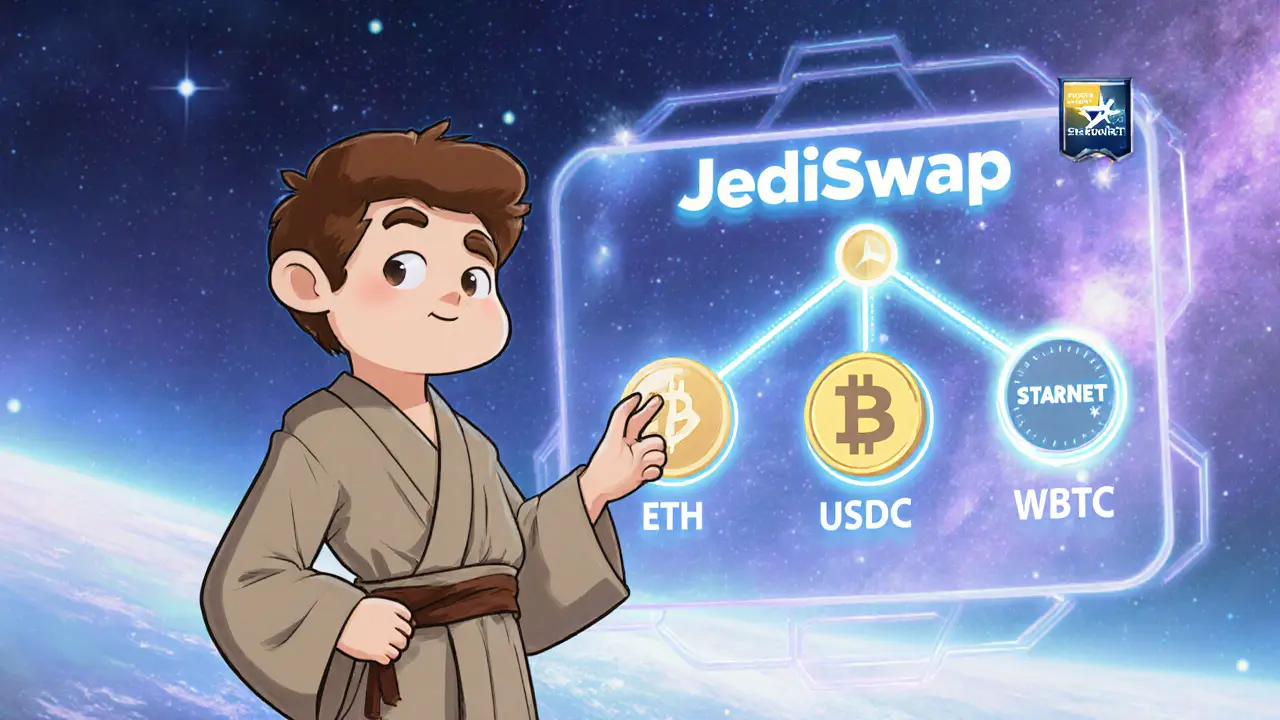Decentralized Exchange (DEX) Guide
When working with decentralized exchange, a peer‑to‑peer platform that lets users trade crypto assets without a central intermediary. Also known as DEX, it relies on smart contracts to match orders, hold custody, and settle trades on‑chain. Alongside DEXs, Decentralized Finance, the broader ecosystem of finance services built on blockchain provides the liquidity and yield options that make trading viable, while Decentralized Identifier (DID), a self‑sovereign digital identity standard helps users prove ownership without handing over personal data. Decentralized exchange encompasses smart‑contract infrastructure, crypto‑asset custody, and open‑source governance—all of which shape how traders interact with the market.
Why DEXs Matter for Modern Traders
One core triple is that a decentralized exchange enables peer‑to‑peer trading, requires trustless smart contracts, and benefits from DeFi liquidity pools. Because there’s no central order book, users keep control of private keys, reducing counter‑party risk. This trust‑less model also requires robust on‑chain analytics to monitor price manipulation—a topic covered in several of our posts about VPN detection and geofencing on centralized platforms. When a trader wants to move funds across borders, a DEX provides instant settlement, cutting out banking delays. The integration of DID technology means identity can be verified without KYC, which is especially useful in regions with strict capital controls, as shown in our guide on DEX access in Iran.
Another semantic link: Decentralized finance feeds liquidity into decentralized exchanges, while DEXs support DeFi protocols by offering easy token swaps for yield farming, staking, and governance. This circular relationship drives network effects—more users attract more liquidity, which in turn draws more DeFi projects. Our collection also explains how automated exchange of crypto tax information works across countries, a concern for DEX traders who must navigate emerging reporting rules. On the technical side, multi‑layered VPN detection methods used by centralized exchanges highlight why many users migrate to DEXs for privacy; the same privacy ethos is reinforced by DID standards that let you prove eligibility without revealing personal details.
Putting it together, a decentralized exchange sits at the crossroads of peer‑to‑peer trading, DeFi liquidity, and self‑sovereign identity. It requires smart‑contract security, leverages decentralized identifiers for compliant yet private onboarding, and creates new avenues for global traders to avoid geofencing restrictions. Whether you’re curious about how VPN detection impacts your trade, looking to understand Iran’s DEX work‑arounds, or wanting to see how DEXs fit into the broader crypto‑tax landscape, the articles below give you concrete steps, real‑world examples, and actionable takeaways. Dive into the list to see exactly how these concepts play out in practice.




